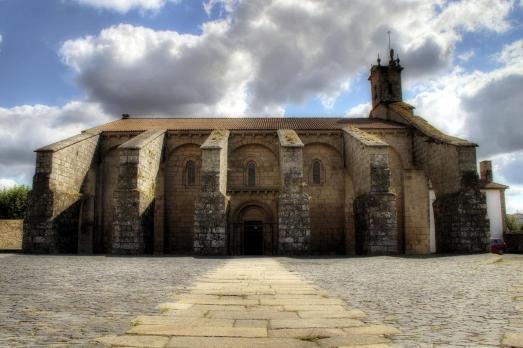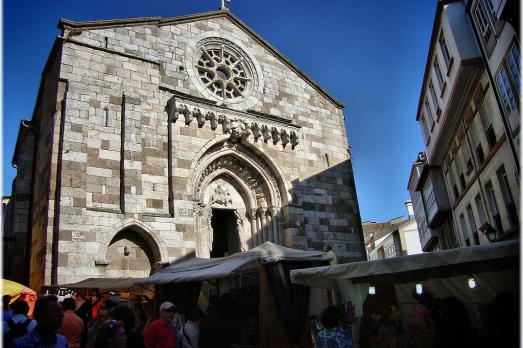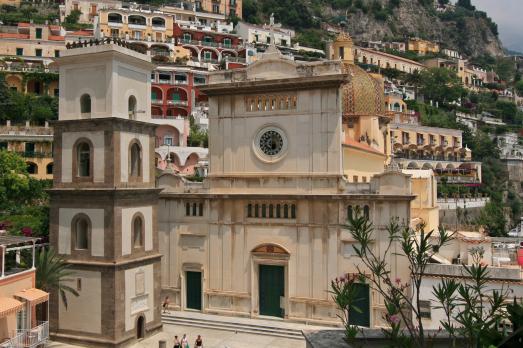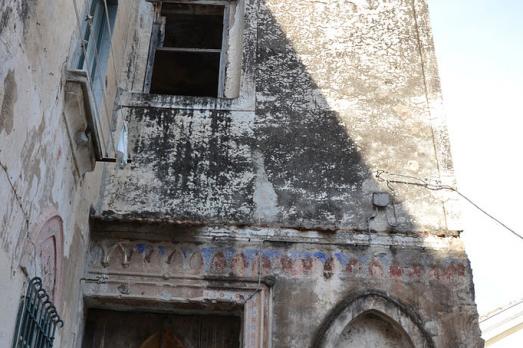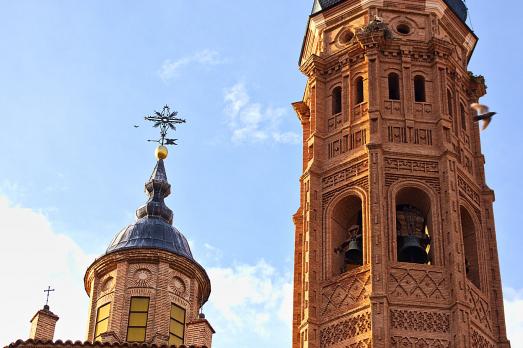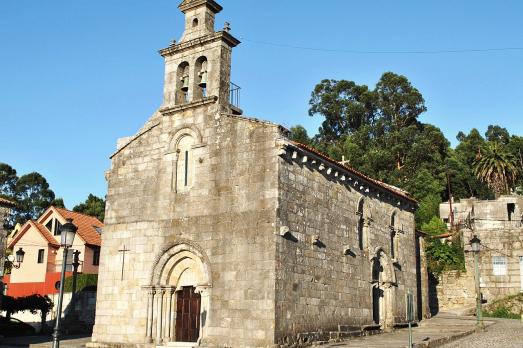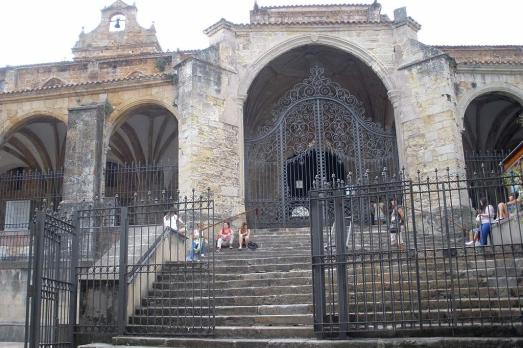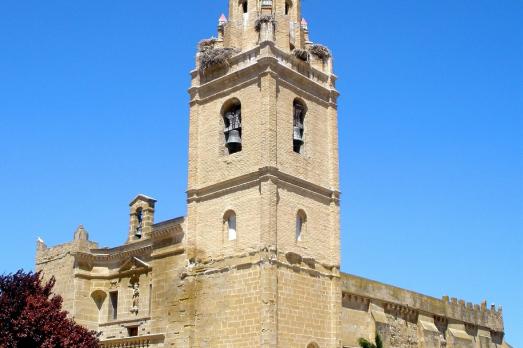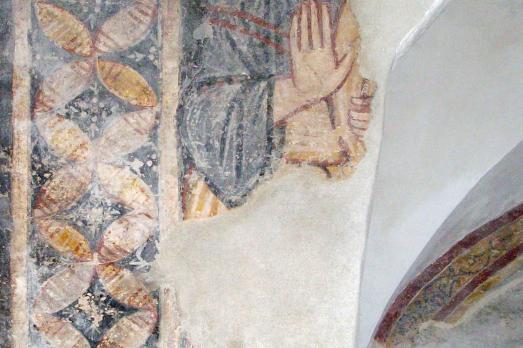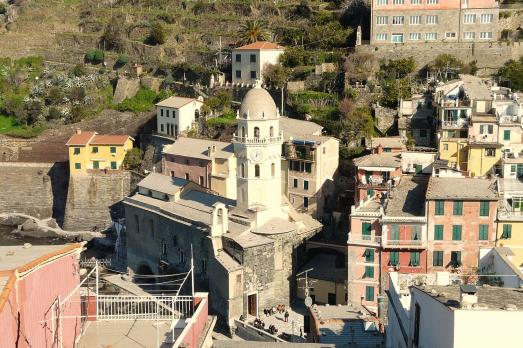
Church of Santa Margherita
Vernazza, IT
The church of Santa Margherita was probably built in the 13th century on a site where churches have been built since the 11th century. Between the 16th and 17th centuries the building was enlarged to the detriment of the original medieval aspect of the church. In the 18th century, the church underwent a further renovation, which covered the Romanesque interiors with Baroque cladding.
